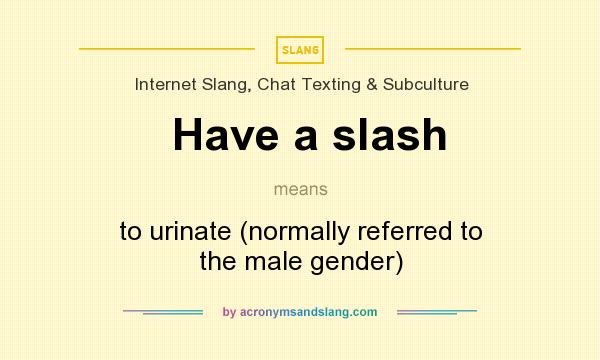

If woody biomass is harvested in a manner consistent with the above interpretations, then it would qualify as slash and pre-commercial thinnings, and would meet the RFS definition of renewable biomass. with Natural Heritage Programs global ranking of G1 or G2, or with a State ranking of S1, S2, or S3 and old growth and late successional forestland which is characterized by trees at least 200 years old. Ecologically sensitive forestland includes ecological communities in the U.S. Forestland is defined in 40 CFR 80.1401, in relevant part here, as generally undeveloped land covering a minimum area of 1 acre upon which the primary vegetative species are trees, including land that formerly had such tree cover and that will be regenerated and tree plantations. 40 CFR 80.1401 also requires slash and pre-commercial thinnings must be harvested from non-federal forestland (including forestland belonging to an Indian tribe or an Indian individual, that are held in trust by the United States or subject to a restriction against alienation imposed by the United States) that is not ecologically sensitive forestland. Pre-commercial thinnings that meet these criteria are considered renewable biomass regardless of the timing of the thinning process (whether the thinning is conducted before a commercial harvest or during a selective commercial harvest of a portion of the trees in a stand for purposes other than renewable fuel feedstock production) or the diameter of the thinned trees. 6įurthermore, those trees remaining in the stand after a pre-commercial thinning cannot generally be considered pre-commercial thinnings at a later date.

Thus, unmerchantable trees removed during a clear-cut would not be considered pre-commercial thinnings because the term thinning requires that substantial stock remains in the stand.

EPA interprets pre-commercial thinnings to include all thinnings removed to improve growth and quality in the remaining healthy trees in the stand, provided substantial stock remains in the stand. The term pre-commercial thinnings is defined in 40 CFR 80.1401 as trees, including unhealthy or diseased trees, removed to reduce stocking to concentrate growth on more desirable, healthy trees, or other vegetative materials that is removed to promote tree growth. Slash does not include pulpwood from the actual sawtimber trees, and only includes pulpwood from sawtimber tree residues (treetops, branches and bark). We believe that the intent of the regulatory definition may be met by considering slash to include what was traditionally considered waste, and was typically left on the ground at the site of timber harvesting prior to the RFS program, whether or not efficient harvesting practices continue to lead to that result. We also acknowledge that to meet this demand, logging techniques on non-federal forestland may be altered in order to collect residue in the most efficient and economical way, such as leaving waste treetops intact on merchantable trees until they have been removed from the forest. We acknowledge that the demand for such material may increase due to increased demand for feedstocks that meet the definition of renewable biomass for use in renewable fuel production. EPA interprets slash as being the residue that would typically be left on the ground after logging or a disturbance were it not for RFS. Slash is defined in 40 CFR 80.1401 as the residue, including treetops, branches and bark, left on the ground after logging or accumulating as a result of a storm, fire, delimbing or other similar disturbance. Slash and pre-commercial thinnings from non-federal forestland that is not ecologically sensitive forestland qualify as renewable biomass for purposes of RFS. See More Frequent Questions about Fuels Registration, Reporting, and Compliance Help.


 0 kommentar(er)
0 kommentar(er)
